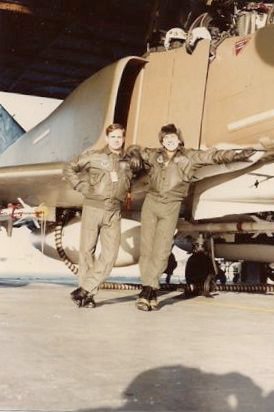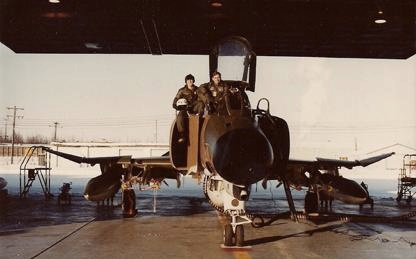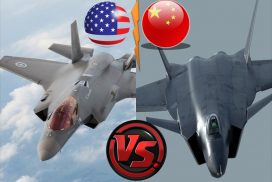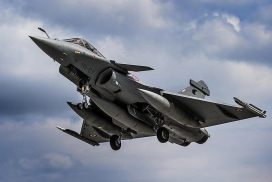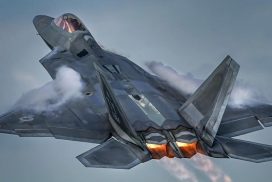In 3 years of Doug Brower’s service at the Galena Airforce Base, Alaska, the most exciting experience was to be scrambled to intercept a Soviet Tu-16 nicknamed Badger. He along with Darrel Hunt, his Weapons Systems Office flew F-4Es who protected United States borders during the 70s remember the days of cold war. Doug Brower now a civilian Cargo Pilot, agreed to share with Defence Aviation his experiences as a fighter pilot during his service in Alaska.
Brower says “We would sit 5 minute (be airborne 5 minutes after the klaxon sounded) interceptor alert in Galena and King Salmon, Alaska, We would sit on alert for 8 days every 5 weeks or so. And would intercept Soviet bombers that would test our borders north of the Arctic Circle”.
The Soviets would test the United States Airforce response time and capabilities by deliberately crossing the United States airspace. During the days of F-4 the Soviets would send the Tu-16 Badgers and when the F-15s replaced the F-4s the Soviets would send Tu-95 Bears. Sometimes they just scrambled on airlines whose flight plan was delayed.
The McDonnell Douglas F-4 Phantom II was a tandem two-seat, twin-engined, all-weather, long-range supersonic jet interceptor fighter/fighter-bomber originally developed for the United States Navy by McDonnell Aircraft. It first entered service in 1960 with the U.S. Navy. Proving highly adaptable, it was also adopted by the U.S. Marine Corps and the U.S. Air Force, and by the mid-1960s had become a major part of their respective air wings.
The Tupolev Tu-95 Bear was a large, four-engine turboprop-powered strategic bomber and missile platform. First flown in 1952, the Tu-95 entered service with the former Soviet Union in 1956 and is expected to serve the Russian Air Force until at least 2040. The Tupolev Tu-16 Badger was a twin-engine jet bomber used by the Soviet Union. It has flown for more than 50 years, and the Chinese license-built Xian H-6 remains in service with the Chinese air force.
